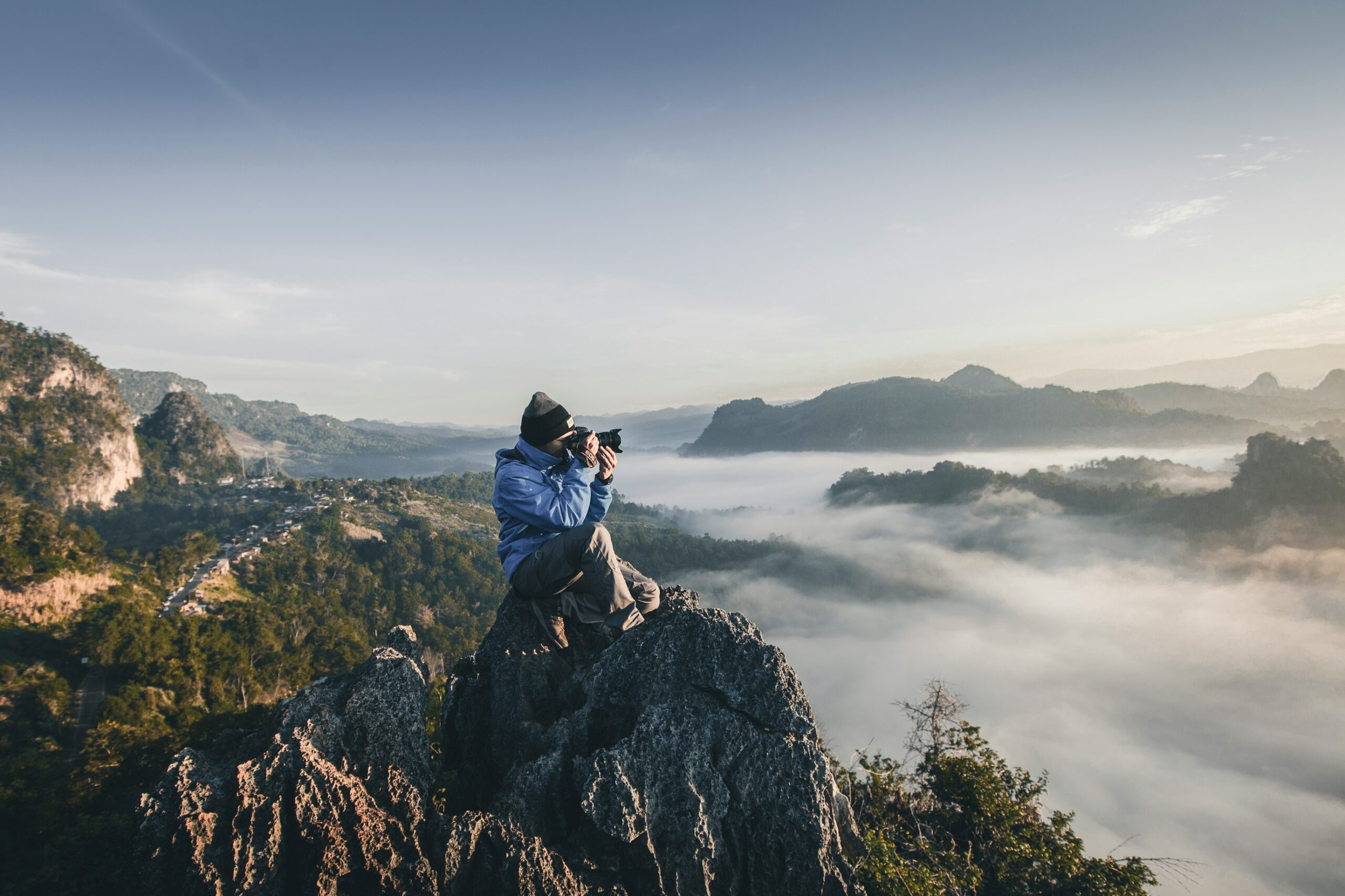
Photography is an art that allows individuals to express their creativity while capturing memories. Whether you’re a beginner with a smartphone or a more advanced photographer using a DSLR, there are several simple yet effective ways to enhance your skills. By focusing on some basic principles, improving your technical knowledge, and experimenting with new techniques, you can take your photography to the next level.
Master the Basics of Composition
First and foremost, understanding composition is crucial to creating visually appealing photos. The rule of thirds is one of the most essential guidelines for arranging elements in your frame. Instead of placing your subject in the center, divide your frame into three equal parts horizontally and vertically. Position your subject along these lines or at their intersections to create balance and interest. This simple technique can make your photos look more dynamic and professionally composed.
In addition to the rule of thirds, pay attention to leading lines and symmetry. Leading lines draw the viewer’s eye toward the subject or a focal point within the image. Roads, fences, or rivers are typical examples that can guide the viewer’s gaze in the direction you want. Symmetry, on the other hand, provides harmony in your shots. Whether it’s a reflection in the water or a building’s architecture, finding symmetry can add a sense of calm and order to your photos. These composition techniques, when used effectively, can drastically improve your work.
Learn the Importance of Lighting
Lighting is the most influential factor in photography. Even the most beautiful subject can look flat and uninteresting if not lit properly. Natural light is your best friend, so whenever possible, take advantage of outdoor settings during the “golden hour,” which occurs during the first hour after sunrise and the last hour before sunset. The soft, warm glow during these times gives your photos a dreamy, appealing quality, enhancing both portraits and landscapes.
However, artificial lighting can also be helpful. For example, when shooting indoors or at night, consider using diffused light sources, such as softboxes or LED panels. These can help to reduce harsh shadows and create a more flattering look. Additionally, try experimenting with different light sources, such as lamps, candles, or even neon signs, to add unique effects to your photos. By mastering both natural and artificial lighting, you can control how your subjects appear and convey the right mood in your photos.
Understand Camera Settings and Manual Mode
While automatic settings can get the job done, understanding how to control your camera manually can open up a whole new world of creative possibilities. One of the key elements is learning to adjust your aperture, shutter speed, and ISO. Aperture controls the depth of field, which determines how much of the image is in focus. A wider aperture (lower f-stop) creates a blurry background, which is excellent for portraits, while a smaller aperture (higher f-stop) keeps more of the scene sharp.
Shutter speed, on the other hand, controls motion blur. A fast shutter speed (such as 1/500) freezes action, making it ideal for sports or wildlife photography. A slow shutter speed (like 1/30) captures movement, creating a sense of motion, as seen in waterfalls or car lights at night. Finally, ISO affects the exposure level and noise in your photos. Lower ISO settings are perfect for bright conditions, while higher ISO settings are helpful in low light, but be cautious as they can introduce graininess.
Experiment with Different Perspectives and Angles
To truly elevate your photography, experiment with different perspectives and angles. Oftentimes, we take photos from the typical eye-level view, but there are many other exciting angles to explore. For instance, crouch down low to capture a dramatic shot from the ground, or shoot from above to create a sense of grandeur. Changing the angle at which you photograph can transform an ordinary scene into something unique and engaging.
In addition to changing your viewpoint, consider the foreground and background. A shot with an interesting foreground element can add depth and dimension, making your photo feel more three-dimensional. Likewise, be mindful of the background to avoid distractions that can take attention away from your subject. Sometimes, simply shifting to the left or right can eliminate unwanted objects in the background and result in a cleaner, more striking composition.
Edit Your Photos Thoughtfully
Once you’ve taken your shots, the editing process is where you can truly fine-tune your images. While over-editing can quickly turn a photo into something artificial, subtle adjustments can enhance your shots. Start by correcting exposure, adjusting contrast, and tweaking the white balance to ensure your colors are accurate. Sharpening the image can help highlight details, especially when shooting landscapes or architecture.
Moreover, explore the creative possibilities of editing software like Adobe Lightroom or Snapseed. These tools offer various filters and presets to give your photos a unique look, but use them sparingly. A slight increase in saturation or a vintage filter can add mood, but it’s essential to retain the natural beauty of the image. With a bit of practice, editing can help you realize your vision and take your photography to a whole new level.
Stay Consistent and Keep Practicing
Lastly, the key to improving your photography is consistent practice. Photography is a skill that develops over time, so don’t get discouraged if your photos don’t turn out perfect right away. Keep experimenting with different techniques, subjects, and environments. The more you practice, the better you’ll understand your camera and how to make the most of every shot. Over time, you’ll notice your progress, and your photography skills will improve.
Improving your photography skills doesn’t require expensive equipment or extensive training. By mastering composition, lighting, camera settings, and editing, you can capture stunning photos with any camera. Remember, photography is about practice and experimentation. Keep learning, stay patient, and enjoy the process of capturing the world through your lens.